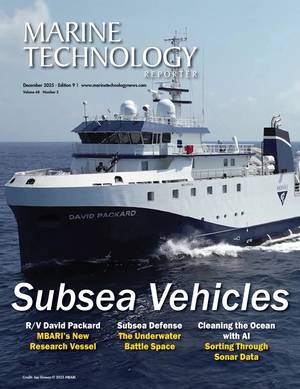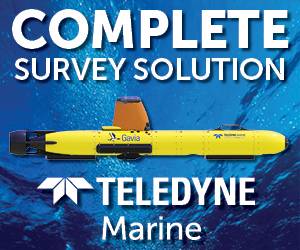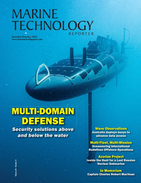
Profiling Survey of the Columbia River Project Site Completed
Marine environmental consulting firm CSA Ocean Sciences Inc. (CSA) has completed a sediment profile imaging (SPI)/plan view (PV) survey of an 85-mile stretch of the Columbia River.The survey, conducted between The Dalles, Oregon to Vancouver, Washington, supports planning for the Cascade Renewable Transmission (CRT) Project, a proposed underwater and underground transmission line capable of transferring approximately 1,100 MW of energy beneath the Columbia River to the Portland area.This environmental baseline survey, awarded to CSA by HDR on behalf of the CRT Project, utilized CSA’s exclusive
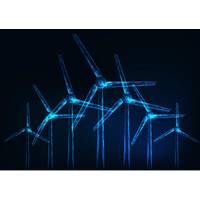
Ocean Geophysics, HighTide Team Up for Offshore Data Processing
and pipeline installation, and oil and gas projects.Seabed data processing plays a critical role in offshore wind development, informing site selection, foundation design, array layout and safety assessments. Wind turbines and export cables rely on detailed understanding of seabed conditions, including sediment movement, shallow geology and geohazards.Under the agreement, the two companies will offer integrated data processing for multibeam echosounder surveys, backscatter, GIS and charting data, as well as seabed mobility studies, boulder mapping and foundation risk assessments.The joint offering also

A Project Called Azorian: Doing the Impossible
propellers driven thrusters on the capture vehicle were used to position it over the wreckage of the submarine. The large hydraulic cylinders at each corner of the capture vehicle would support it on the seabed while the davits were driven under the submarine using water jets to help them penetrate the sediment. Once the davits cradled the submarine, the cylinders would be extended, pull the submarine out of the sticky sediment and left behind as the submarine was lifted off the seabed.The collector vehicle was assembled out of sight in a huge specially built barge so no one would get even a glimpse of
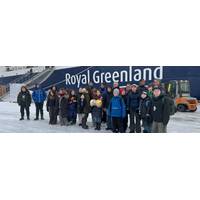
Global Efforts Underway to Document Plastic Pollution
ocean is being tackled by nuclear scientists globally as part of the NUclear TEChnology for Controlling Plastic Pollution (NUTEC Plastics), an IAEA initiative launched in 2020. Using nuclear-derived imaging techniques, scientists can identify even the tiniest plastic particles in seawater, beach sand, sediment and in marine organisms.NUTEC Plastics equips laboratories worldwide with the technology and technical knowledge required to sample, analyze, and monitor microplastic pollution in the ocean.For example, IAEA experts from the Environment Laboratories in Monaco have undertaken sampling missions to

Antarctic Mountains Could Boost Ocean Carbon Absorption
surrounds the continent, potentially enhancing its ability to absorb atmospheric carbon dioxide, according to the research published in Nature Communications.A team of scientists with expertise in oceanography, ice sheet modelling and geochemistry contributed to the study which looked at analysis of sediment samples from East Antarctica's Sør Rondane Mountains. They discovered that weathered rocks exposed above the ice surface contain iron concentrations up to ten times higher than previously reported from the Antarctic continent. This bioavailable iron is transported to the ocean by glaciers
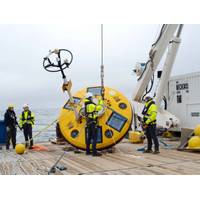
Scientists Collect Biodiversity Data in Argentina’s Submarine Canyons
through the Nippon Foundation-GEBCO Seabed 2030 project. The team also used Schmidt Ocean Institute’s remotely operated vehicle (ROV) SuBastian to observe the biodiversity and collect samples in the canyons. With the high-resolution ROV cameras, they discovered coral-covered walls, black sediment that spewed bubbles, suggesting the presence of methane seeps, and large schools of fish
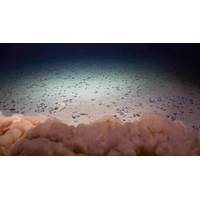
Deep-sea Mining Threatens “Twilight Zone” Ecosystem
School of Ocean and Earth Science and Technology (SOEST).“Micronekton, small shrimp, fish and other animals that swim, feed on zooplankton. Some migrate between the depths and near surface waters and they are consumed by fish, seabirds and marine mammals. Zooplankton’s exposure to junk food sediment has the potential to disrupt the entire food web.”The study examined the content and effects of mining waste released during a 2022 mining trial in the midwater CCZ, an expansive area of the Pacific Ocean targeted for the extraction of deep-sea polymetallic nodules, which contain critical
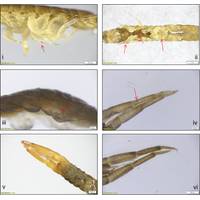
PML Study Finds Tire Microplastics Impact Estuarine Animals
antioxidants, designed to increase tire longevity, reduce road resistance, and protect from UV damage. These tire particles – smaller than 5 mm – are released onto highways, verges and the air, with rainfall and runoff washing them into rivers and estuaries, where they can settle into sediments or remain suspended in the water. Studies have discovered high abundances of tire particles in intertidal estuaries – making up 73% of detected microplastics.While tire particles were first recognized as pollutants in the 1970s, they have received surprisingly little attention until recently
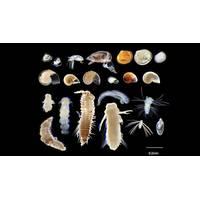
Seabed Mining Could Significantly Impact Benthic Boundary Ecosystem
before they settle on the seafloor. The research highlights the complex behavior of animals across their life cycles, and the connectedness of the deep ocean more broadly.“In the event of deep-sea mining, the organisms in this region will be impacted via ambient water removal and the generation of sediment plumes that interfere with feeding, in addition to the removal of nodules, which will effectively remove the settling habitat for larvae, likely leading to further declines in local recruitment,” said Erica Goetze, study co-author and oceanography professor. Goetze and Craig R. Smith, co-author
 December 2025
December 2025
